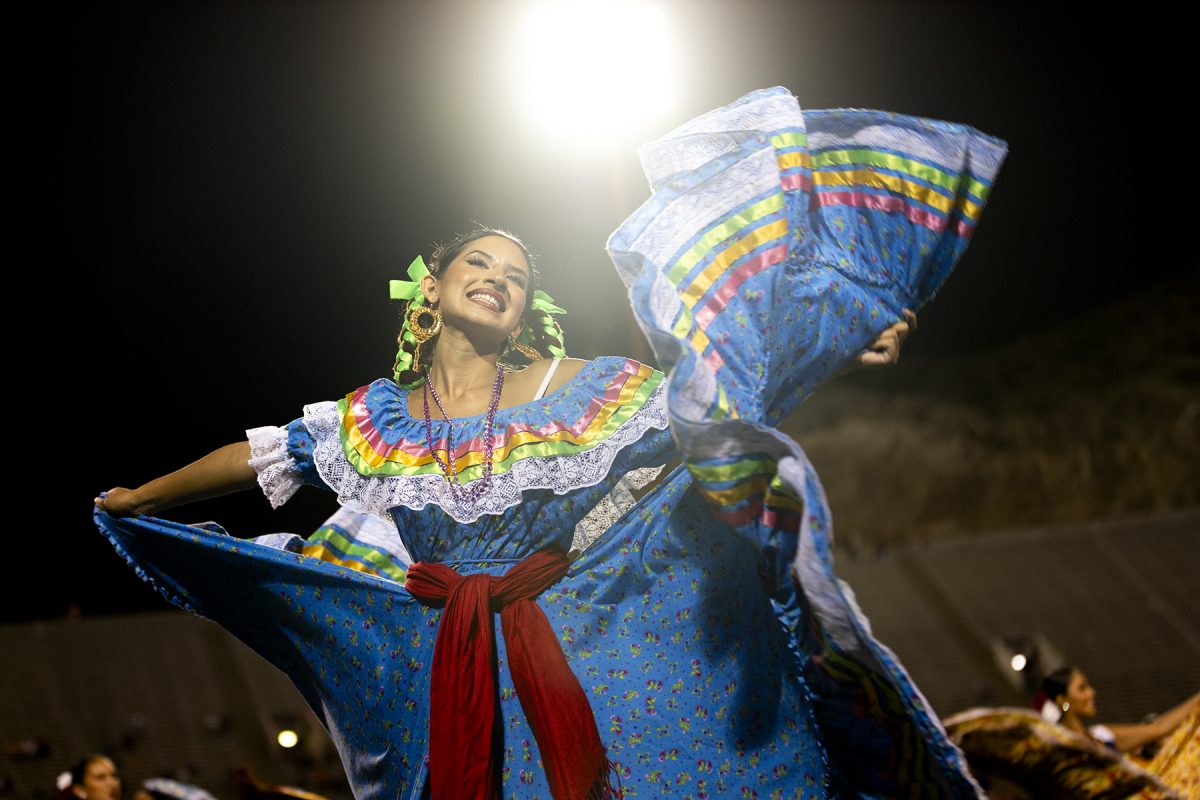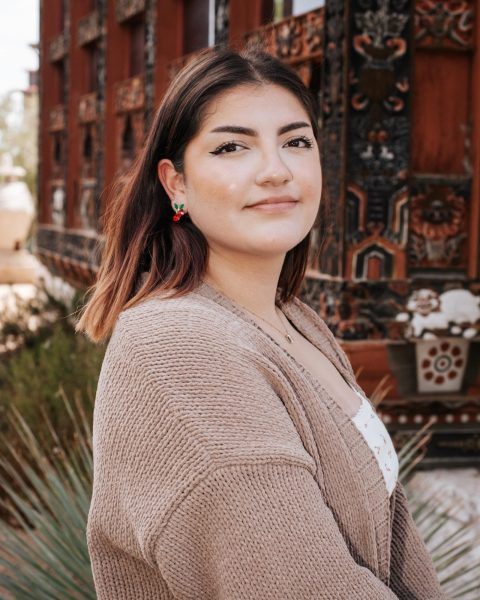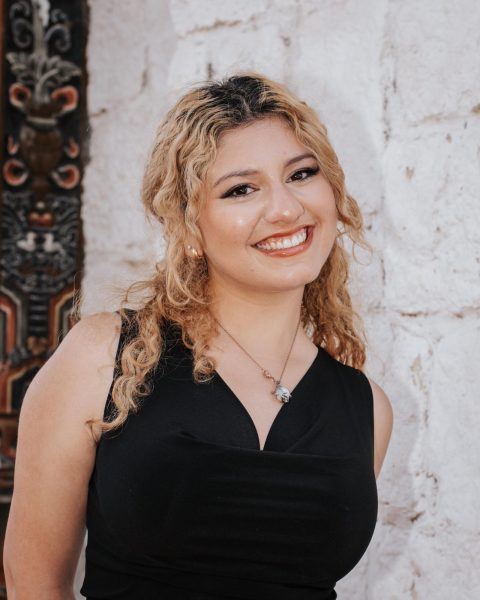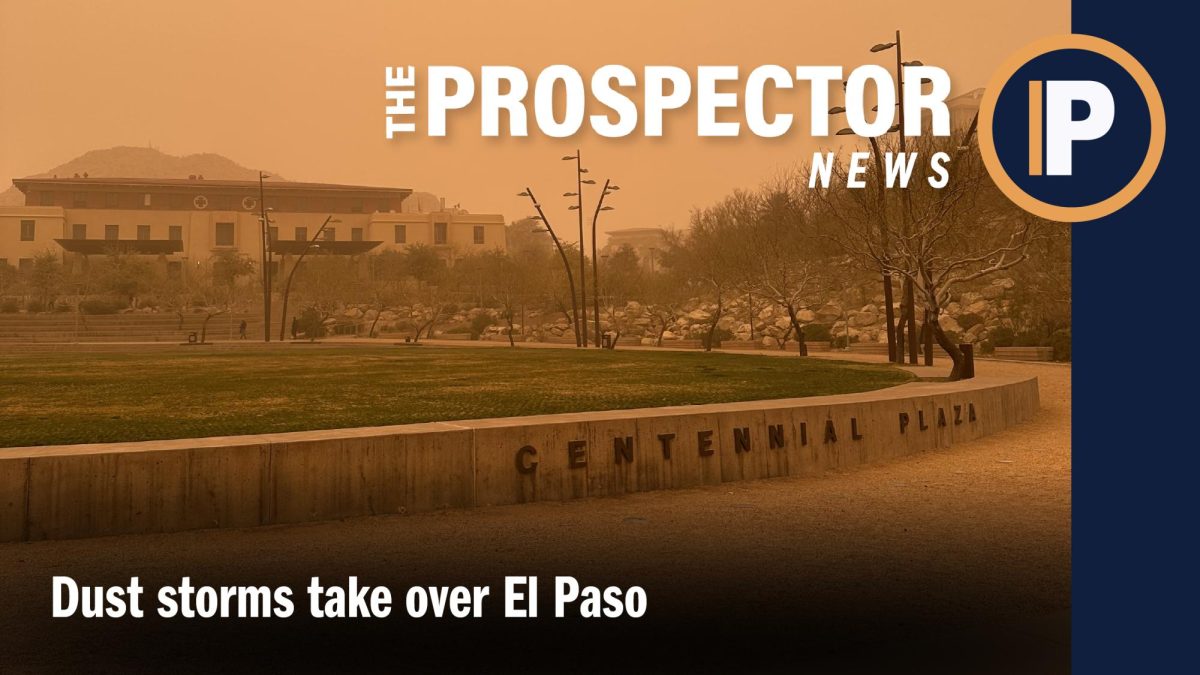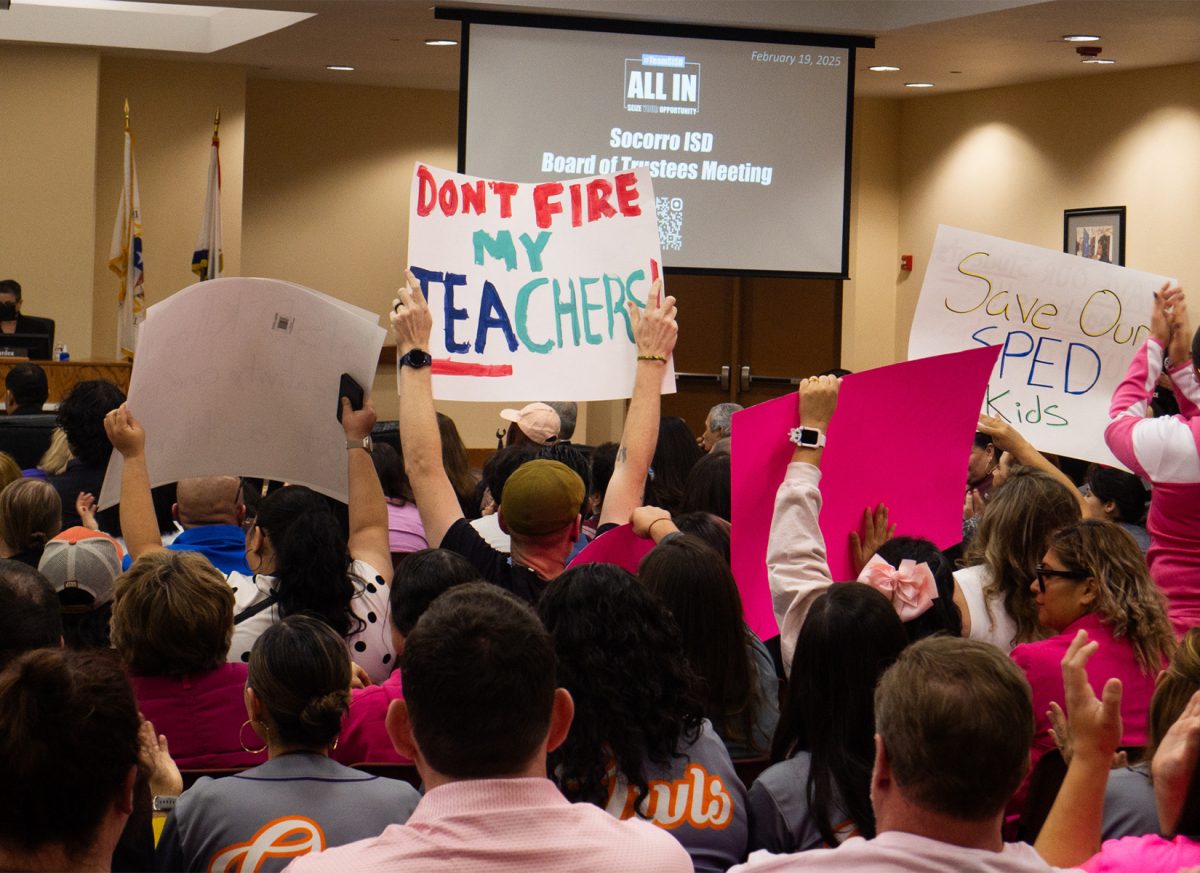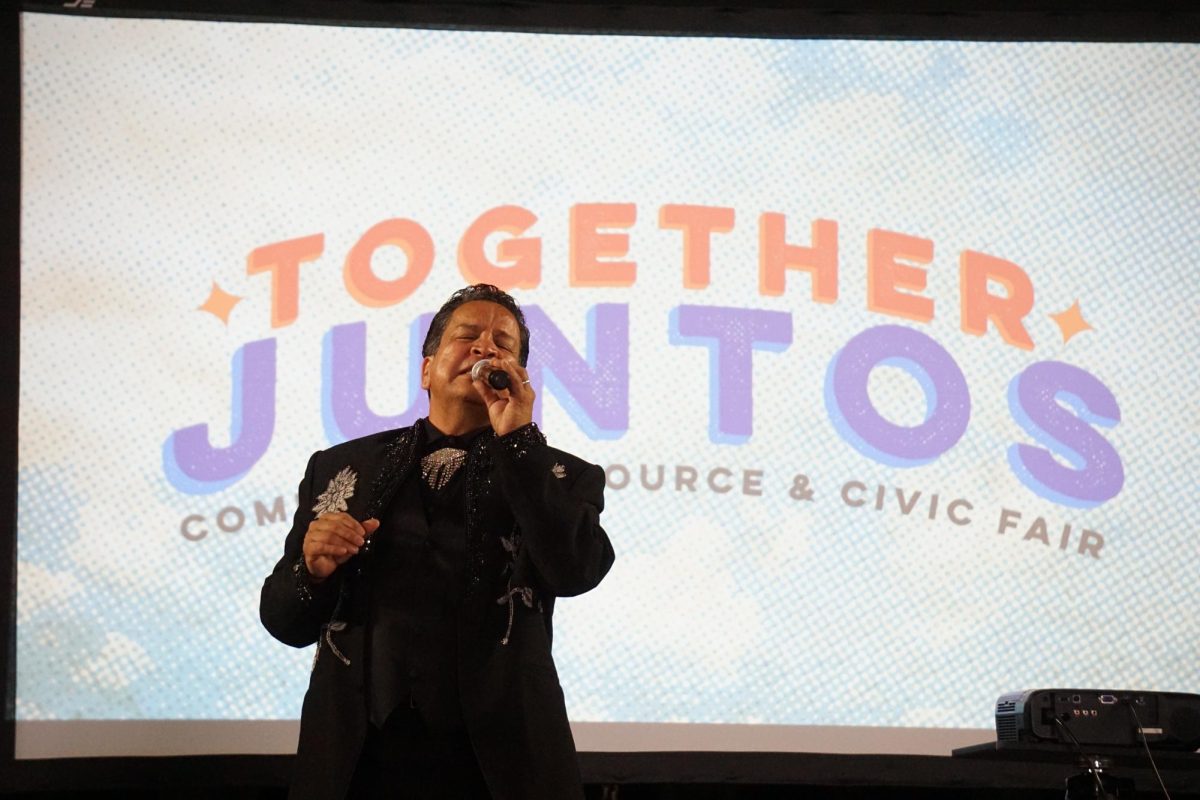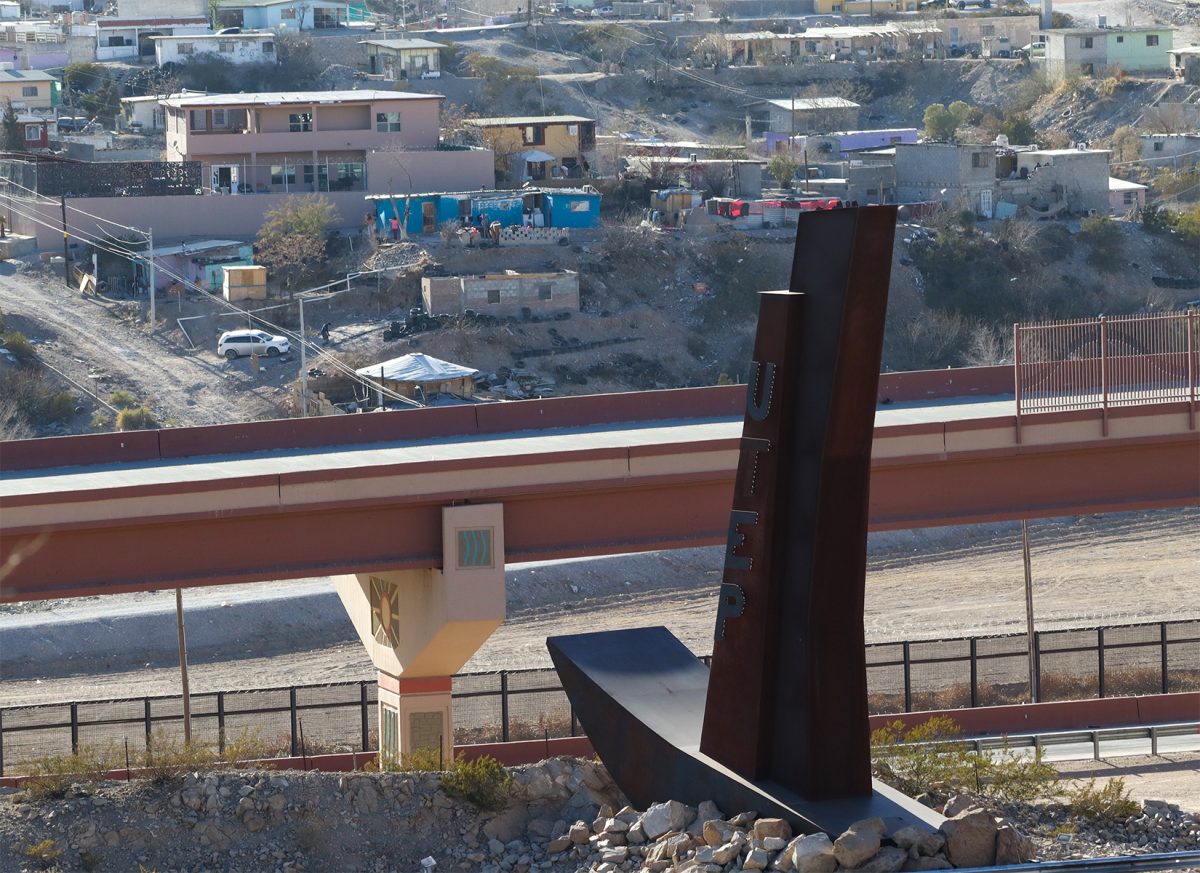From cultural celebrations and traditions to lifestyle and community, the Sun City is the epicenter of Hispanic culture. According to U.S. Census, 82.9 percent of the El Paso population is Hispanic. Which is why the city is well known for its Latino heritage.
Hispanic culture is rich with vibrant celebrations like Dia de los Muertos, Mexican Independence Day (Sept. 16), Las Posadas during Christmas and Cinco de Mayo, which has gained popularity as a cultural celebration in the U.S.
El Paso and UTEP often incorporate Latino celebrations to its calendar. However, these celebrations may even incorporate American influences and adapt to a more diverse cultural landscape.
“Even though I was born in El Paso, I’ve lived my entire life in Juarez,” said UTEP student, Gretel Aldana. “I can surely say that cultural celebrations are very different in both cities, especially here at UTEP since there are international and American students that don’t know much about Mexico and its traditions.”
Highlighting Hispanic culture in a border city like El Paso, involves promoting cultural awareness, fostering inclusivity and celebrating the rich heritage of the Latino community.
Hispanic traditions and customs, deeply rooted in family, community and religion, often shape social interactions and community dynamics. These traditions are passed down through generations and can have a unifying effect on the community.
“I’ve lived in El Paso for a long time, and I can tell that Mexican traditions may lose its impact when celebrated in the U.S.” said El Pasoan, Ariadna Quiñonez. “I find it interesting how different we celebrate Hispanic events depending on where we’re at, despite being on the border.”
Hispanic communities in the U.S. strive to maintain familial and community. Nonetheless, the nature of celebrations may vary based on factors like generational differences, acculturation and geographic dispersion.
“Even in a border city, the difference between cultures is very evident,” Aldana said. “An example may be Cinco de Mayo. Americans like to celebrate that day, but in Mexico we don’t really pay much attention to it.”
Latino celebrations in El Paso may be influenced by the American culture, leading to unique adaptations and fusions that incorporate elements from other ethnicities and traditions.
Mexican cuisine is known for dishes like tacos, enchiladas, tamales and several types of salsas. Mexican American communities contribute significantly to the culinary landscape with variations of traditional Mexican dishes and fusion cuisine.
“I often go to Juarez to buy certain foods,” Quiñonez said. “Everything tastes different, especially tortilla. I like what I can buy here, but if I have the chance to go get groceries in Juarez, I take it.”
Hispanic groups in the U.S. maintain their traditional cuisine, but often evolves to include adaptations and fusions with American tastes. For example, Tex-Mex cuisine is a popular fusion of Mexican and American flavors.
While both Mexico and the United States celebrate Hispanic traditions, the way these traditions are observed can vary based on historical, cultural and social factors unique to each country.
The impact of Hispanic culture in a border city like El Paso, is multifaceted and enriching, influencing various aspects of daily life, cultural expressions, and community dynamics. It contributes to the unique and diverse character of these cities, fostering cultural exchange and understanding.
Angelica Gutierrez is a contributor and may be reached at [email protected]


